In 2003, while first doing research for From Devastation To Beauty – The Creation Of The Butchart Gardens, I visited the town of Lakefield, Ontario, where Robert Butchart, George Stirke Kilbourn, John M. Kilbourn, Francis Kilbourn, Horace B. Smith and William Henry Eugene Bravender created the Lakefield Portland Cement Company in 1900.
Despite the importance of the Lakefield Portland Cement Company, and its successor, the Canada Cement Company, in the Town of Lakefield’s history, only a few traces of the company remained. The most obvious was the abandoned Canada Cement Company plant near the shore of the Otonabee River. [Note: The Canada Cement Company plant in Lakefield was demolished in 2010.]
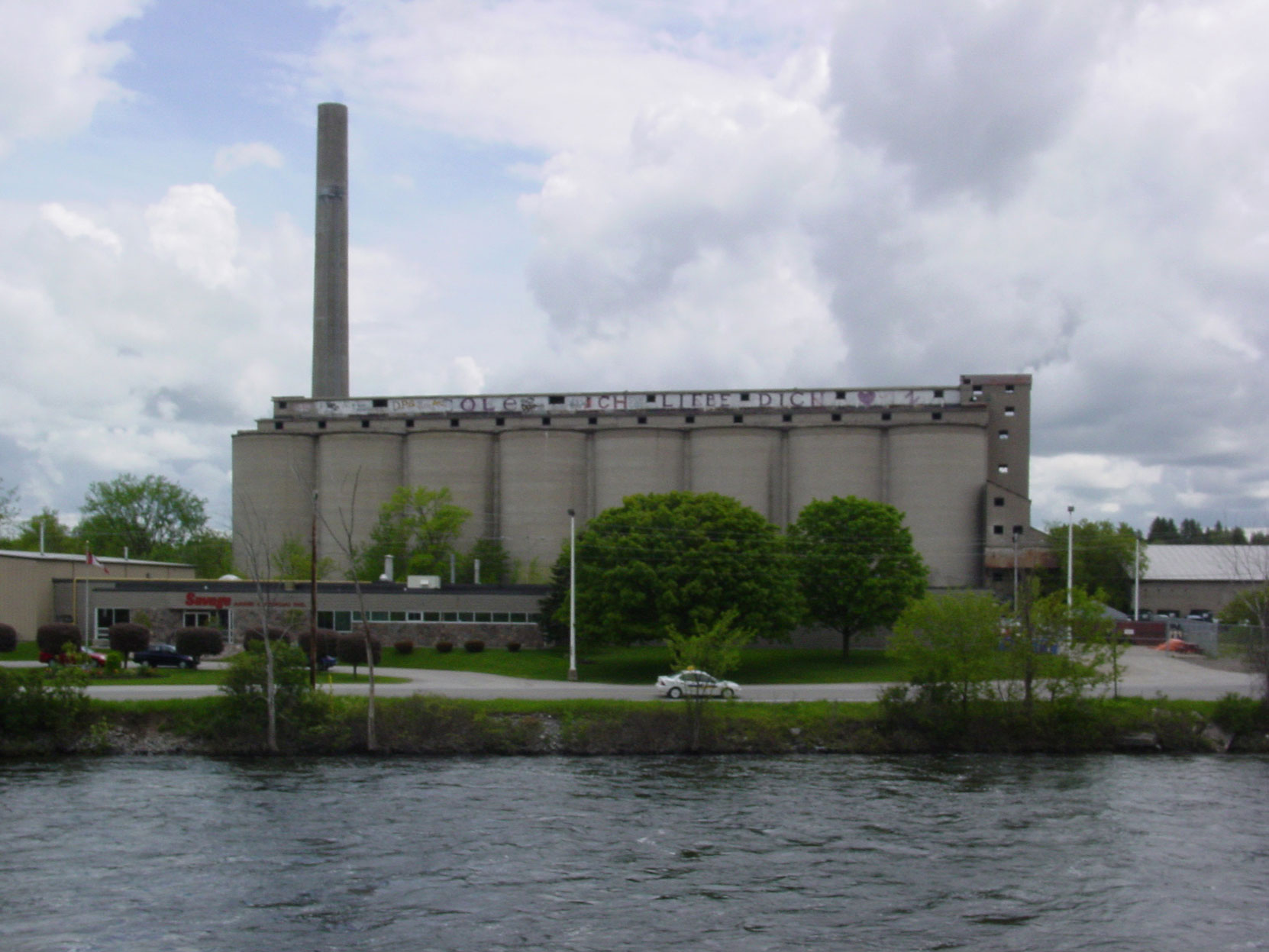
Most of the other remaining Lakefield Portland Cement Company sites were ignored or forgotten.
Along the bank of the Otonabee River, near the site of the abandoned Canada Cement Company plant, I came across one small building belonging to the original Lakefield Portland Cement Company. Nobody in Lakefield seemed to realize what the building was or recognize its historical significance.
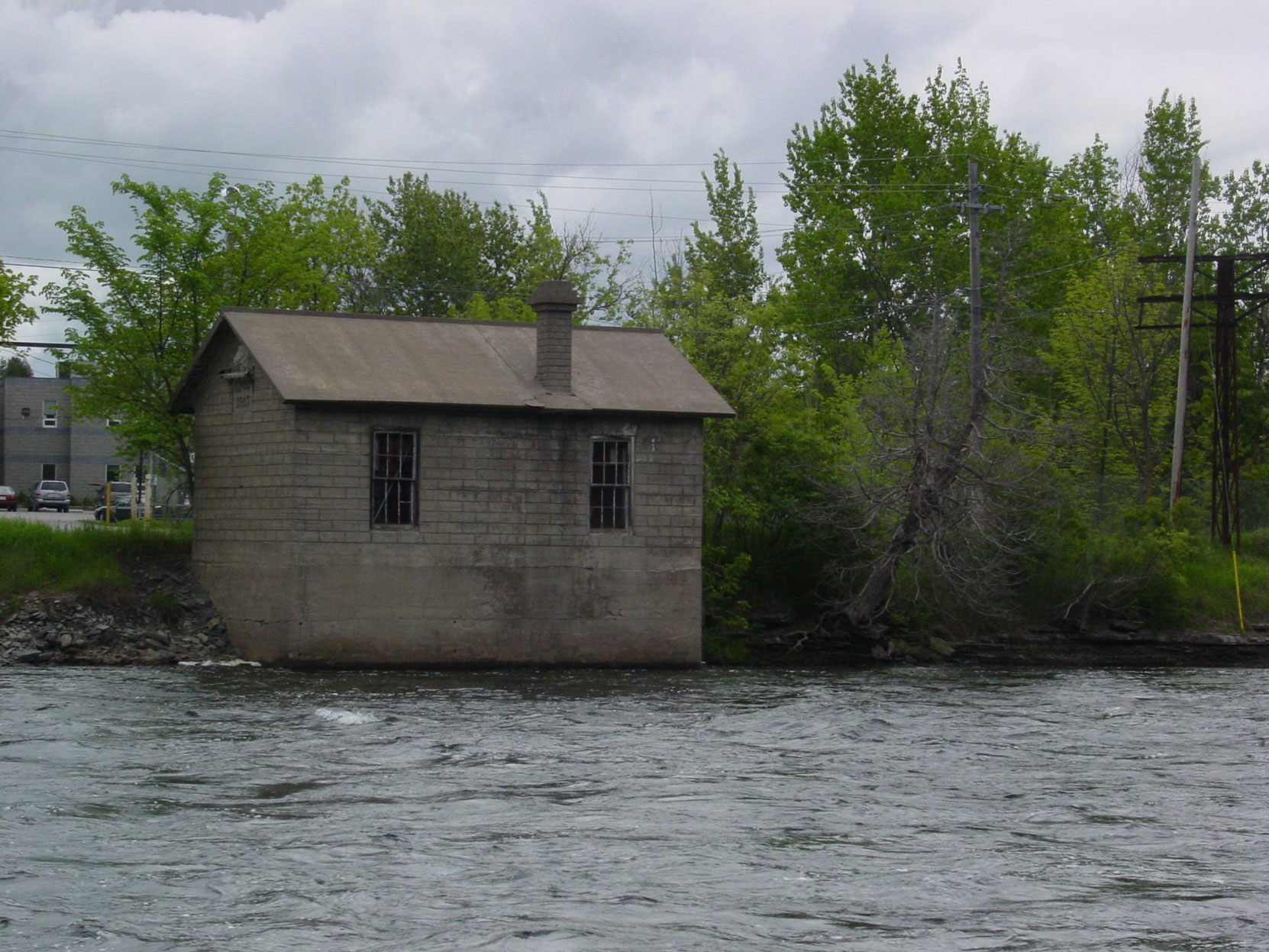
The building was originally a pump house. Built in 1907, it contained pumps which moved water from the Otonabee River to the cement factory, about 100 meters from the river.
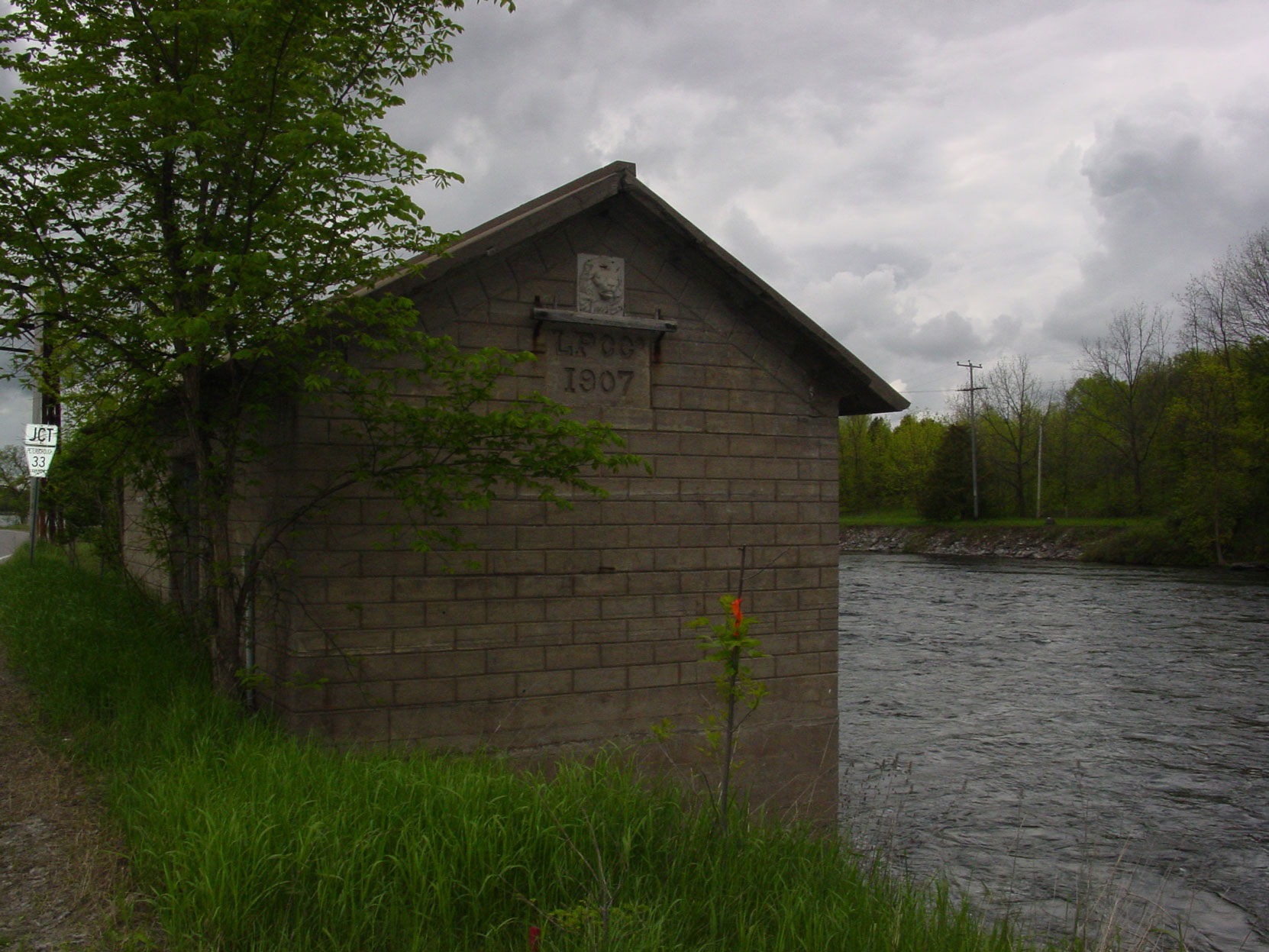
On one of the building’s exterior walls are the characters “LPCCo. 1907” written into a concrete block below a concrete cast of a lion’s head. These are the only remaining evidence of the building’s origin. The letters “LPCCo.” stand for Lakefield Portland Cement Company; 1907 is the year the building was constructed.
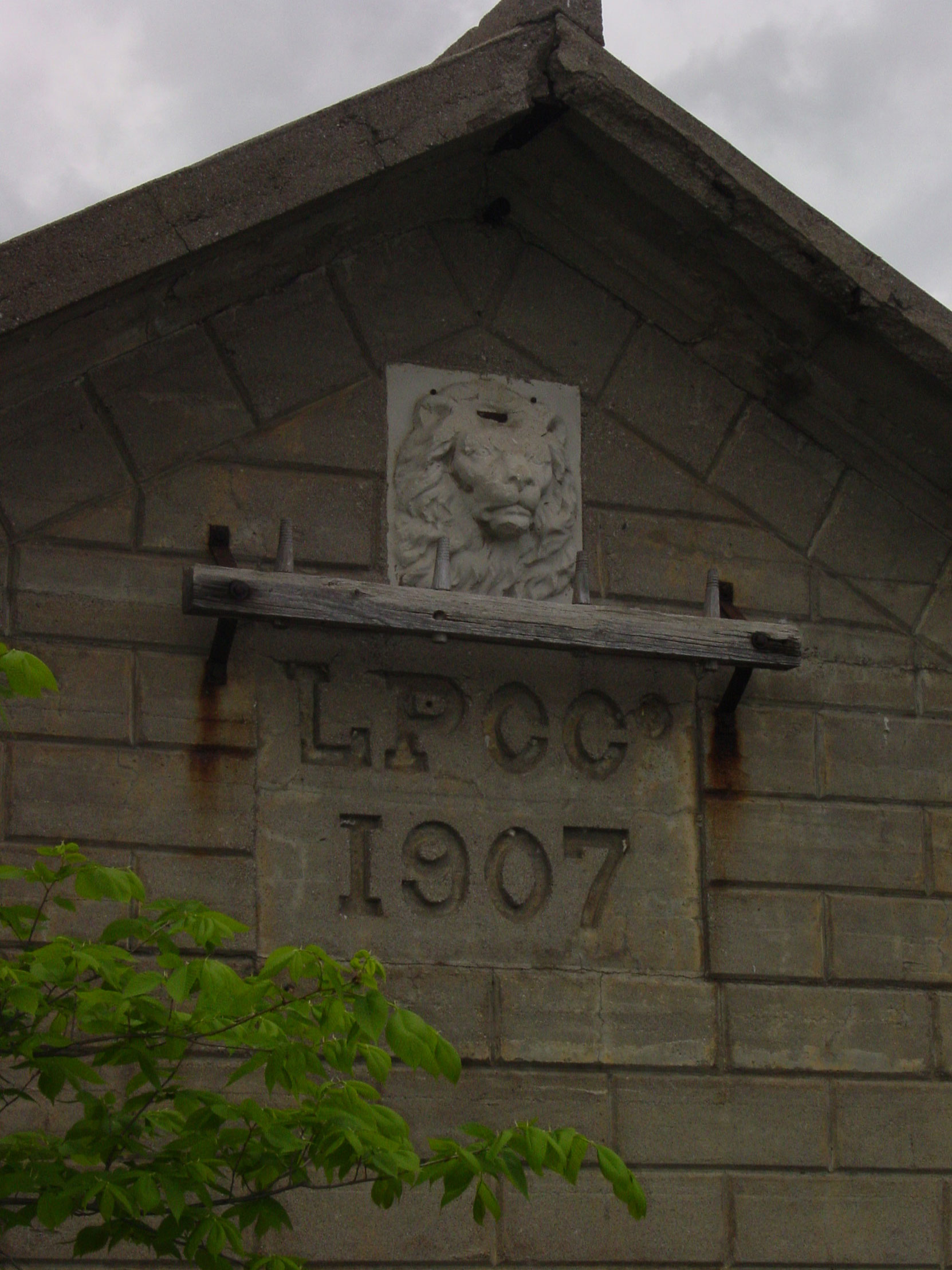
The significance of the lion’s head is not readily apparent unless one knows a little of the Lakefield Portland Cement Company’s history. The brand name of the company’s cement was “Monarch Brand”; the Monarch Branch logo was a lion’s head. This can be seen in the Lakefield Portland Cement Company letterhead below:

The Town of Lakefield seems to have completely overlooked the historical importance of this Lakefield Portland Cement Company pump house. There are no plaques or markers explaining the building origins and history. Given the cement company’s importance in the town’s history, this is a major oversight. Personally, I would like to see the pump house designated as a local or provincial Heritage Building. Hopefully, the Town of Lakefield or the Province of Ontario will take steps to preserve and protect it.
One other nearby structure, directly across the Otonabee River from the concrete pump house, has already been protected by the federal government through its designation as a Canadian Heritage Site. This structure is a concrete lock, built in 1904 as part of the Trent Severn Canal system.
This lock was built in 1904 with cement from the Lakefield Portland Cement Company.
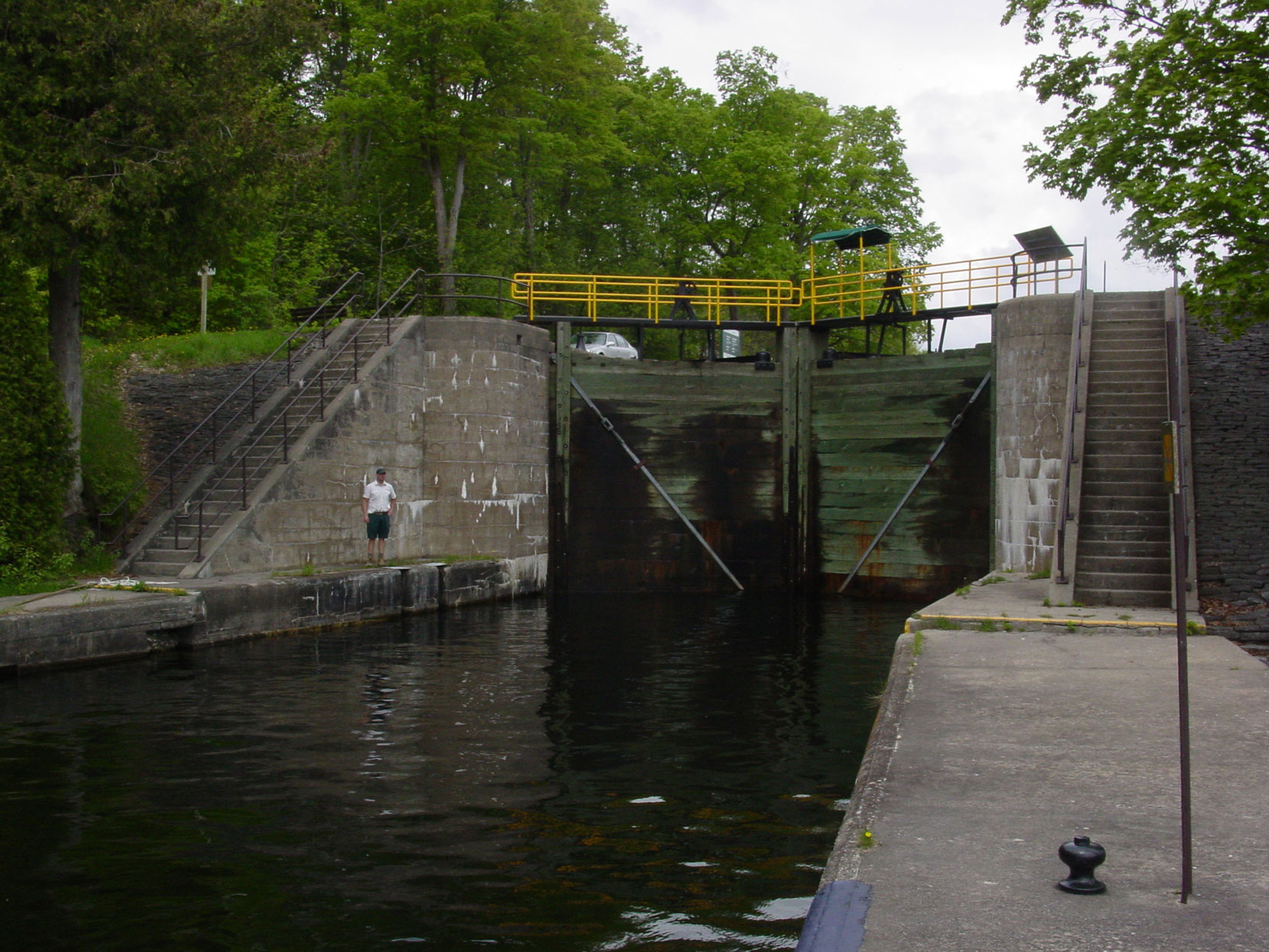
Would you like to leave a comment or question about anything on this post?


How wonderful to find this information. I was born and raised in Lakefield, love my quaint little village but so disappointed in the lose and destruction of some of our heritage buildings and history. The pump house has always been so important but unfortunately appears to be neglected historically along with the Old Stone Mill house which is now trying to be saved from demolition. Hopefully, we will be able to save these buildings .
Please stay in touch with our community as we need people like you to help us preserve history.
Sara Foster Reid
Hi Sara. Glad you found the information here to be useful.
Let me know if there is anything I can do to assist the Lakefield Historical Society and others interested in local history in preserving this history and these historic buildings that remain.
Send me information on local efforts to preserve these buildings and this history and I gladly post it.
I have lived in Lakefield all of my 84 years and did not know of the history of the cement company. This is so interesting and as a member of the Lakefield Historical Society , I am so pleased to read of the history of cement company and connection to Butchard Gardens which I have visited a number of times.
My father worked for the Cement Company in the early 1900’s.
Hi Nancy. Glad you found the information here to be useful.
Let me know if there is anything I can do to assist the Lakefield Historical Society in preserving this history and these historic buildings that remain.